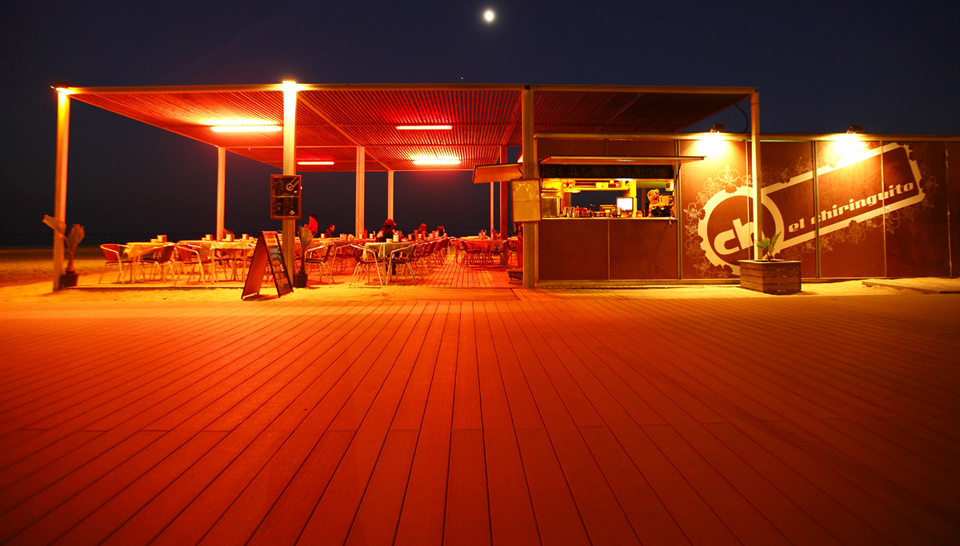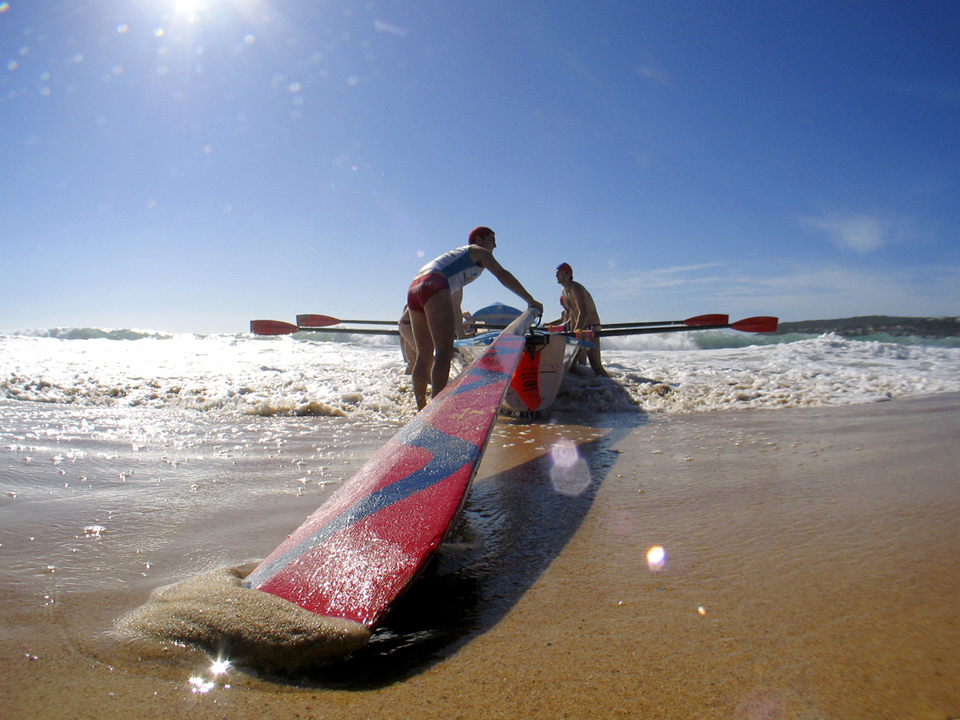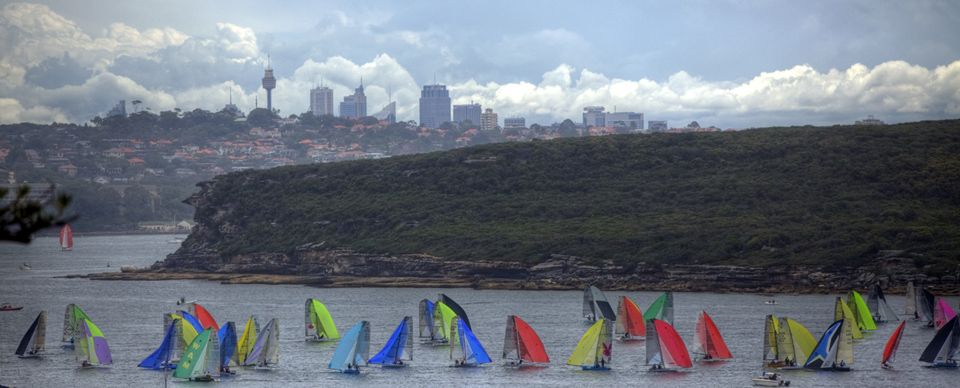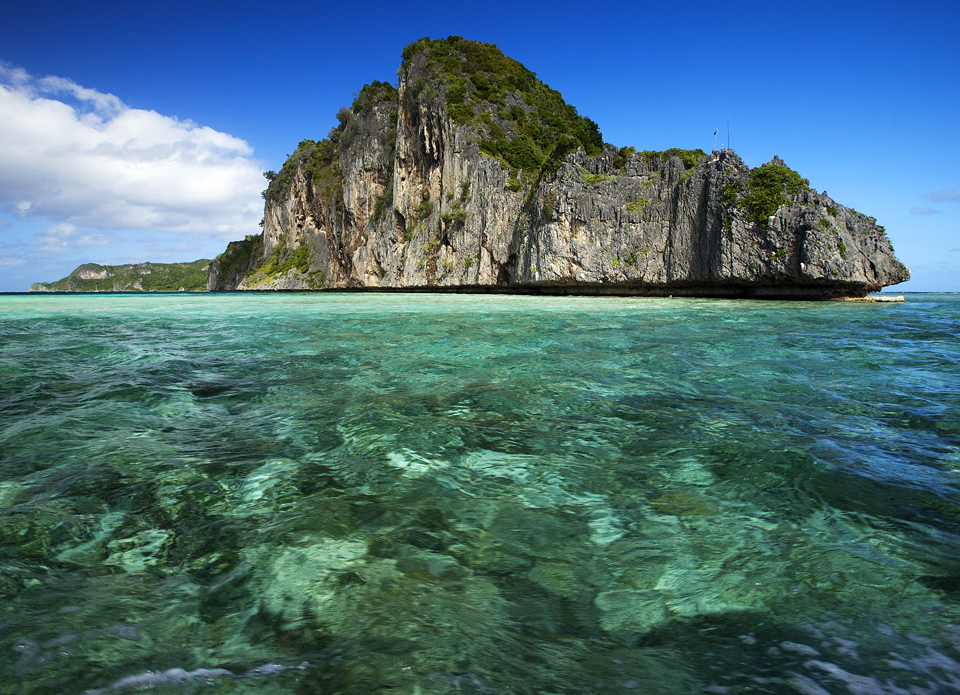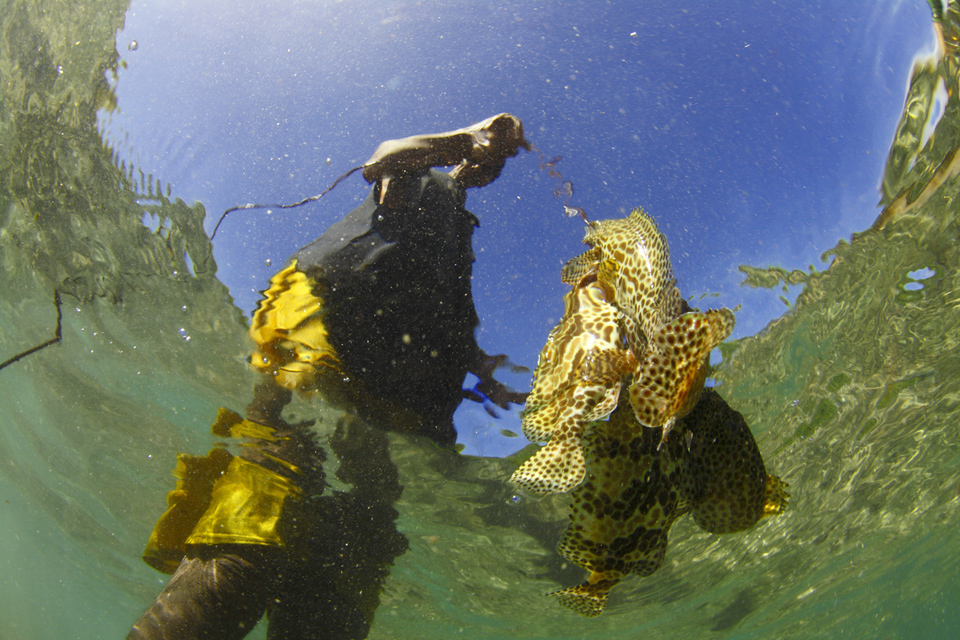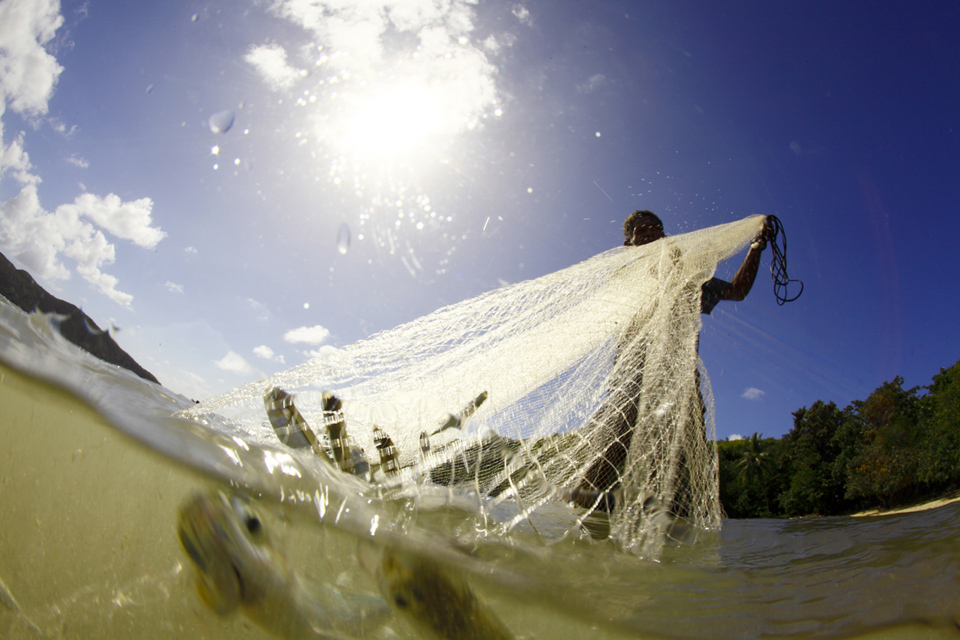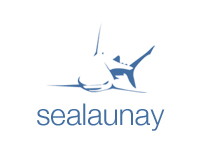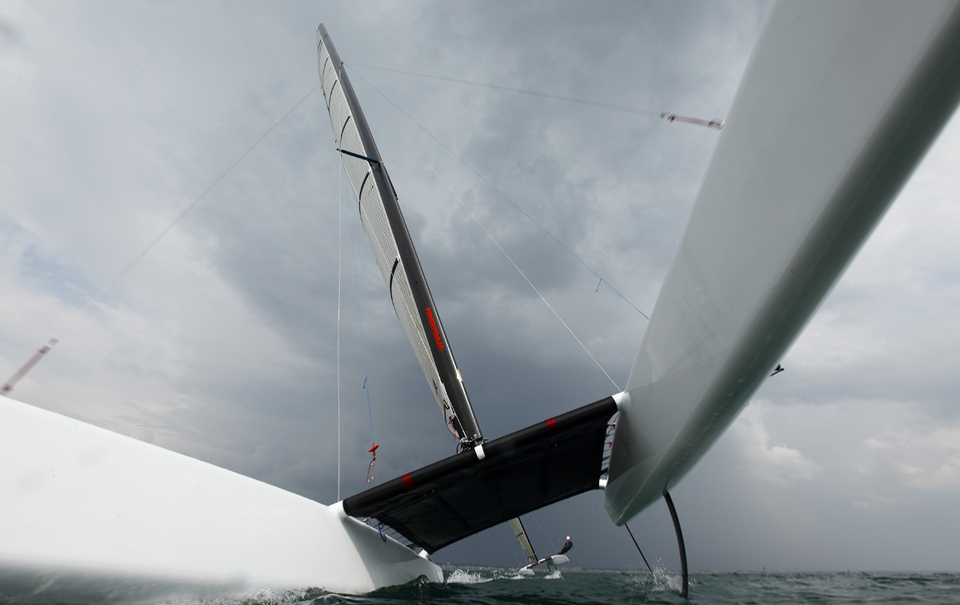 “Multihull sailing legends Loïck and Bruno Peyron of Energy Team France enjoy an A Class catamaran session on their home bay of La Baule in preparation for their Challenge for the 34th America’s Cup”.
“Multihull sailing legends Loïck and Bruno Peyron of Energy Team France enjoy an A Class catamaran session on their home bay of La Baule in preparation for their Challenge for the 34th America’s Cup”. 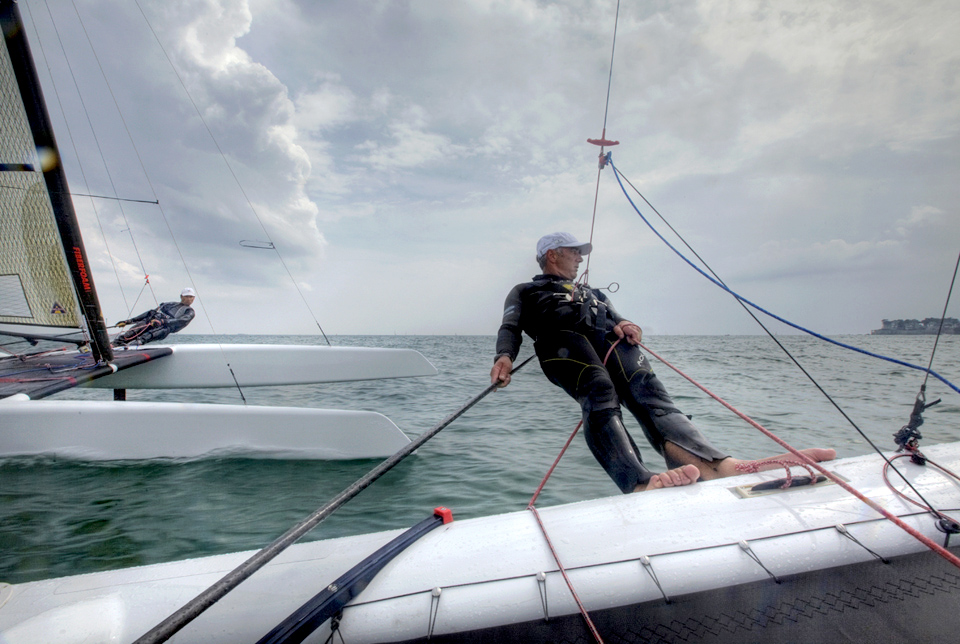
Posts tagged shore
Apr 11
Earth Day
Global
 Earth Day, photographer Christophe Launay is suggesting something easy but imperative: “Don’t Be a Tosser.” (Readers in Commonwealth countries will find this an especially funny and easy-to-remember phrase. ) Basically, don’t be a wanker. Quit chucking your trash overboard.
Earth Day, photographer Christophe Launay is suggesting something easy but imperative: “Don’t Be a Tosser.” (Readers in Commonwealth countries will find this an especially funny and easy-to-remember phrase. ) Basically, don’t be a wanker. Quit chucking your trash overboard.
An artistically shocking collection of photographs from his recent travels in Australia, France and Morocco document persistent water pollution. The captions contain some ugly facts, opinion and also some radical new concepts in the future of ‘Green’.
1. Don’t just stand there, collect the seaweed. Generations of coastal farmers have used fresh and dried seaweed for compost acceleration, as fertilizer and for pest control. Also, since most algae is fast growing, the Austrian firm Eoos last year introduced at a Tokyo designer’s week their proposal for a house that produces its own energy with a rooftop tank full of algae.
Read more at: http://www.houseofsalesinc.com/organa/fine_gardening_magazine.htm
http://www.eoos.com/cms/index.php?id=201
2. We know what not to do. “An old semi-retired designer, sermonizing on the social responsibility of the design profession, is sort of like a reformed prostitute testifying at a church revival meeting,” wrote Budd Steinhilber in the summer 1990 issue of Innovation, the Industrial Designers Society of America. That issue was entitled The Environment: The Forgotten Client.
Some people are designing with the waste stream in mind, but the focus has become the 1% of recovered plastics…what about all the rest that blows overboard, that’s tossed overboard or incorrectly separated for recycling?
Within the U.S. soft drink industry the amount of plastic containers has gone from zero in the mid 1970s to 10 billion in 1999. Never mind that some of these blow-molded bottles are recyclable, in a bin or landfill, they are not biodegradable in the sea. It’s fairly well established that at best recycling is band-aid, at worst, well, it’s worse.
So, dispose of your onboard plastics, metals, and cleaning products appropriately…and let’s seek alternatives. Some sustainable products at: http://www.podsnpeels.com/store/
3. Dead fish floating. The U.S. Forest Service first introduced “Give a hoot, Don’t pollute” over 35 years ago…this has now morphed into “Lend a Hand – Care for the Land.” How are we looking on the water? Next time you’re cleaning your boat consider natural cleaning solutions where possible, and watch what you dump overboard.
Will high gas prices drive us to find more radical environmental solutions?
Like… working the desert into electricity-generating land with concentrated solar power and sea-water desalination. The Future of Green section in the May 2011 issue of Azure Magazine, highlights that the first portable desalination unit in a 20cm chip is heading to market within a year.
So it’s not all doom and gloom, let’s get excited about the energy revolution. Reassess societal values: disposability, innovations that fight climate change, or work with it, ought to be imperative. We can create clean fuels, and no, wind turbines are not the panacea, we know this! Business owners, designers, consumers…choose, demand and create the biodegradable/compostable solutions.
http://www.azuremagazine.com/
4. Seriously, plastic bottles and bags overboard? Come on.
We’re wondering, (is anybody else?), that perhaps oil is under our feet for a reason. Rather than for our cars and factories, the petrol is here for stabilizing the earth. The more oil that is extracted from under the earth’s surface the more destabilization will induce enormous earthquakes. Could the oil underground be a necessary a shock absorber? Without that fluid protection between the core and the coating the more friction there is below. As we’ve seen in New Jersey, at Chernobyl, and now in Japan, nuclear doesn’t seem so safe after all, let’s keep looking.
Can we better control the appetite of our demand for oil? Is it enough to aim for more efficient transfer stations, consumer recycling efforts, or like Bjarke Ingels and his proposed artificial ski slope/waste-to-energy plant? http://www.arcspace.com/architects/big/wastetoeneryplant/wastetoenergyplant.html
For now, using the plastics for beverages, and for cleaning and storage is unavoidable. However, check your labels or make a home brew from natural products. Here is a list of safer on-the-water applications: http://www.boatsafe.com/nauticalknowhow/vessel_cleaning.htm
Let’s aim for exciting new urban strategies to materials and waste, and on our own terms encourage multi-sectoral cooperation. For example, plant biologists are working with architects and engineers: synthetic biology studies how to build artificial biological systems for engineering applications, using many of the same tools and experimental techniques resulting in carbon-sequestering concrete and self-healing silicone. Maybe our plastics have an after-life we haven’t yet thought of? As sailors, who can we work with to clean up our waters?
Words: Trixie B. Wadson

Mar 10
Surf Boat
Manly, New South Wales, Australia 33º47’80″S 151º17’41″E
Mar 10
Paddle Board
New South Wales, Australia 33º47’63″S 151º17’86″E
Jul 09
Japanese Zero
Deboyne Island, louisiade Archipalego, Papua New Guinea 10º43’69″S 152º23’70″E
 On May 8, 1942 one A6M2 Zero piloted by PO2c Okura Shigeru from the 14th Shotai from the Japanese aircraft carrier Zuikaku ditched at Deboyne islands. Japanese A6M2 Zero, the main fighter plane of the Imperial Japanese Navy,this Japanese fighter plane, once a master of the air in the South Pacific arena, now lies on the sandy bottom. This is an example of the very last zero model ever manufactured. Virtually intact, divers can sit in the cockpit and pilot themselves back into the past… I did it!
On May 8, 1942 one A6M2 Zero piloted by PO2c Okura Shigeru from the 14th Shotai from the Japanese aircraft carrier Zuikaku ditched at Deboyne islands. Japanese A6M2 Zero, the main fighter plane of the Imperial Japanese Navy,this Japanese fighter plane, once a master of the air in the South Pacific arena, now lies on the sandy bottom. This is an example of the very last zero model ever manufactured. Virtually intact, divers can sit in the cockpit and pilot themselves back into the past… I did it! 
Jul 09
Panasia Island
Louisiade Archipelago, Papua New Guinea 11º08’10″S 152º20’84″E
Panasia is a spectacular island of uplifted coral reef making jagged limestone cliffs in the Louisiade Archipelago.
The Louisiade Archipelago is a string of ten larger volcanic islands frequently fringed by coral reefs, and 90 smaller coral islands located 200 km southeast of New Guinea, stretching over more than 160 km and spread over an ocean area of 26,000 km between the Solomon Sea to the north and the Coral Sea to the south.
Local elderly woman with a stick in a fishermen village at Panasia Island.
Jul 09
Catch of the day
Louisiade Archipalego, Papua New Guinea 11º08’80″S 152º41’64″E
“Pacific Natives may appear to some to be the most wretched people upon Earth, but in reality they are far more happier than we Europeans; being wholly unacquainted not only with the superfluous but the necessary Conveniences so much sought after in Europe, they are happier in not knowing them. They live in a Tranquillity which is not disturbed by the Inequality of Conditions. The Earth and Sea of their own accord furnishes them with all things necessary for life, they covet not Magnificent House, Household-stuff &c, they live in a warm and fine Climate and enjoy a very wholesome Air, so that they have very little need of Clothing and this they seem to be very sensible of, for many of whom we gave Cloth &c to, left it carelessly upon the Sea beach and in the Woods as a thing they had no manner of use for. In short they seem’d to set no Value upon anything of their own for any one article we could offer them; this in my opinion argues that they think themselves provided with all the necessary’s of life and that they have no superfluities.”
James Cook (October 27, 1728 – February 14, 1779) was a British explorer and navigator. He made three voyages to the Pacific Ocean, in which its main shorelines were discovered.
Captain Cook’s Journal during his first voyage round the world made in H.M. Bark “Endeavour” 1768-71
